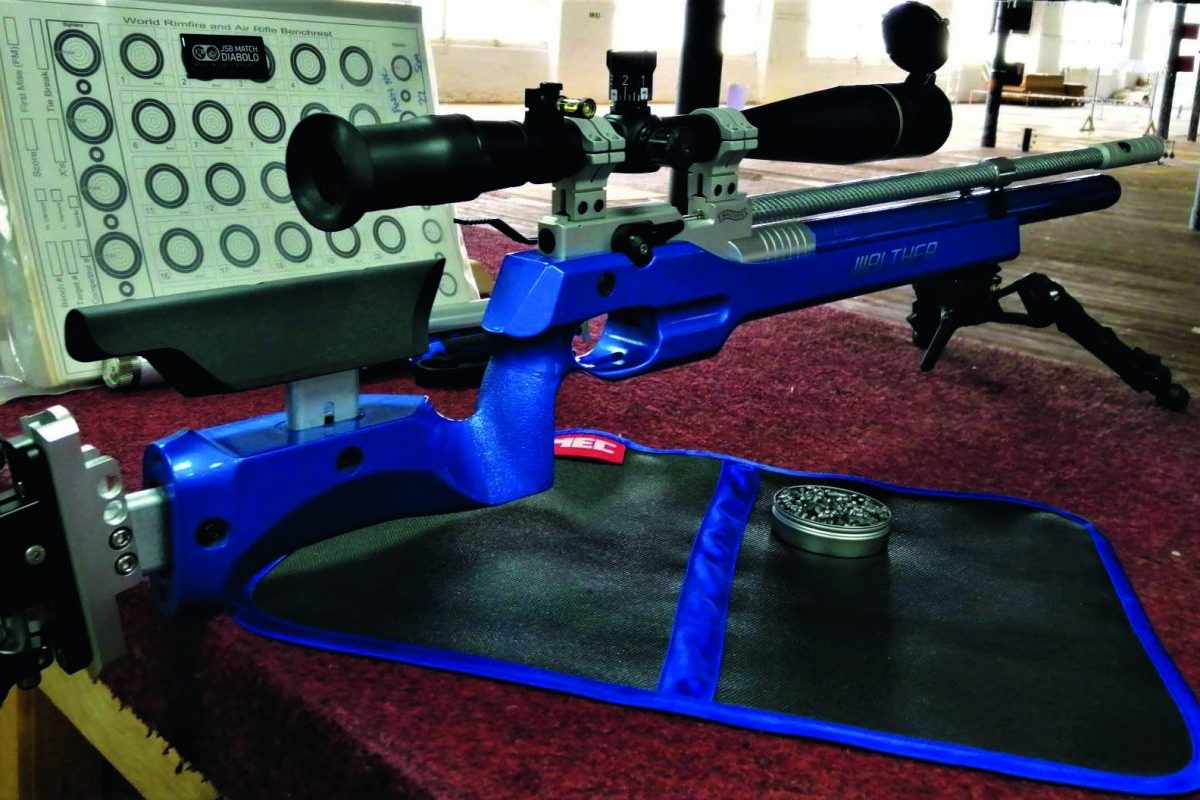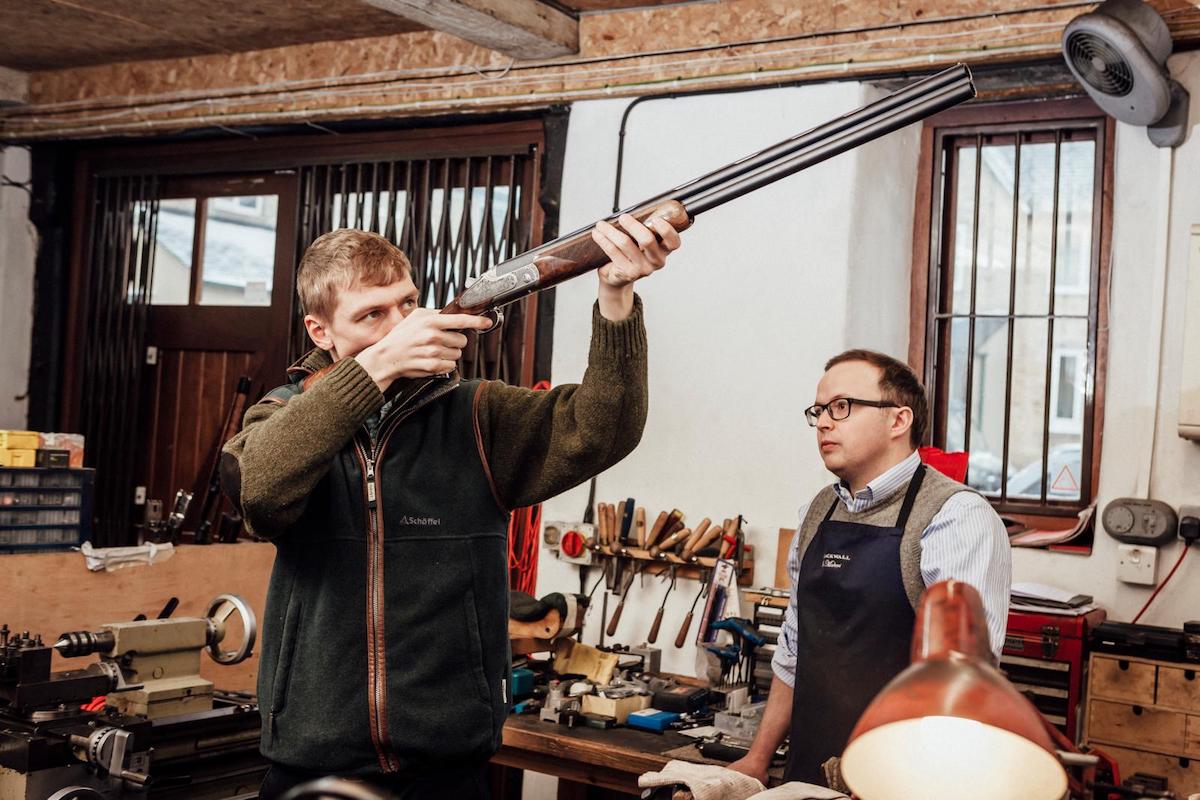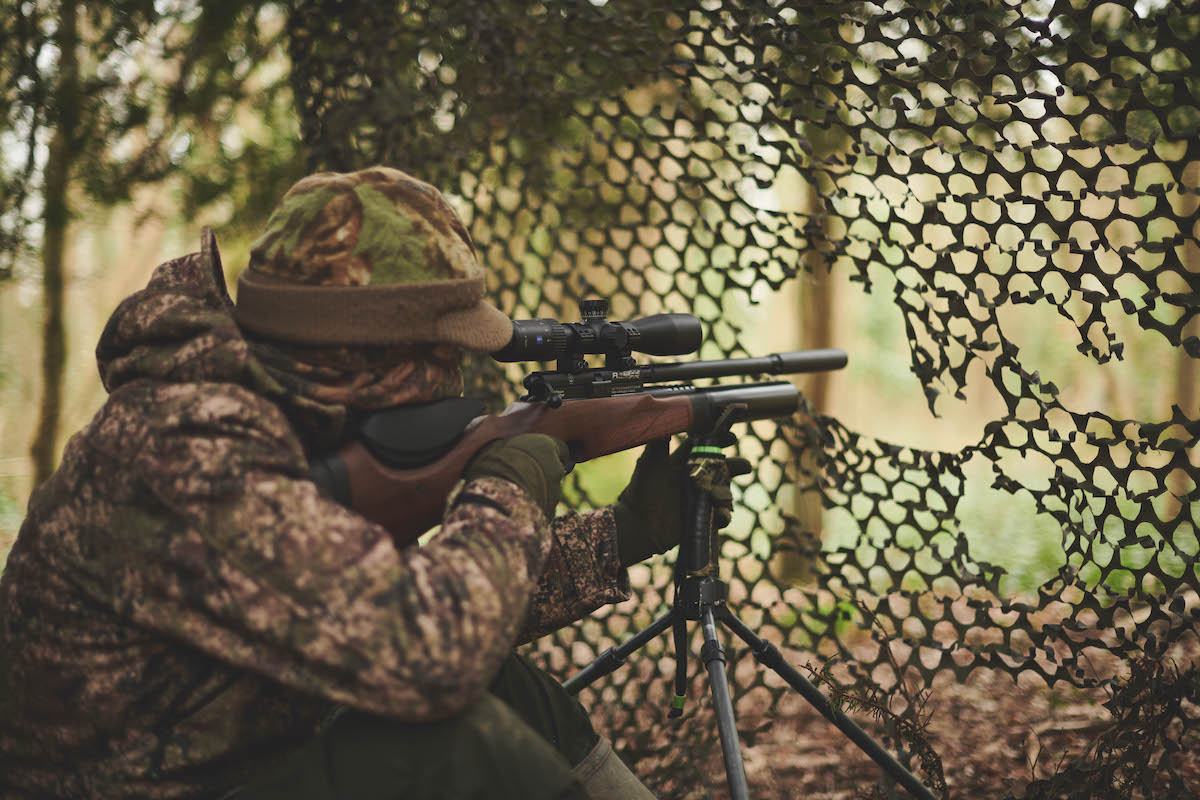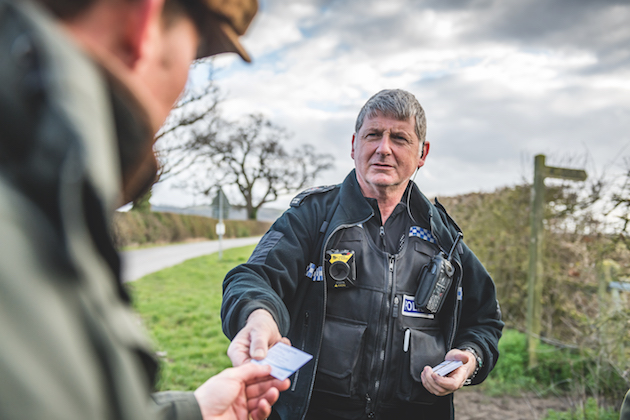Are air rifle aesthetics important?
Should a rifle’s appearance mean all that much to you? Andy McLachlan thinks so, and goes all out to prove the point with paint

Andy’s newly painted Walther LG400 is now ready for action, drawing a mix of good-humoured comments from his fellow club members
I don’t know about you, but I have always been taken by the appearance of a nice gun. This incorporates all the toys I used to play with as a child, right up to the guns I have enjoyed using as an adult, including firearms, but more appropriately for us, airguns.
I well understand that a gun’s appearance rarely has any bearing on its ability to deliver an accurate shot. In fact, some of the more accurate guns of all sorts I have fired have looked rough. Manufacturers tend to target customers with guns they will want to buy; high level finishing will not always be a priority if the gun works and is dependable.
Looking at lower-priced guns from many manufacturers will allow the potential purchaser the opportunity of choosing something fit for for the job, be that either hunting for food, sport or target shooting.
It will rarely possess the sort of top end features such as high-grade stocks, mirror-like metal finishing and the absolute perfect harmony of clicks and clunks noticeable when handling something like a high-grade shotgun costing tens of thousands of pounds.

Andy and Dave had to prepare their stocks for refinishing, and that included removing the decals – a true “no going back” moment
Many shooters swear blind that the look of a gun has nothing to do with how much they enjoy shooting it. I beg to differ.
In my own opinion, if we just enjoy handling the gun and are able to admire its lines, be that the way the stock has been designed or the way that the mechanical or possibly electrical components work in harmony together, we will enjoy shooting the gun far better than if it looked like it had just spent the last few years being dragged around a field.
The problem with owning a gun that allows us a certain sense of wellbeing and pride of ownership is that they tend to cost a lot more than their standard looking counterparts that are lower down the gun manufacturers’ price points.
Obviously, the costs of providing the customer with beautiful, laminated walnut stocks and high-grade mega-accurate barrels, supplemented by trigger assemblies used by Olympic athletes means that the cost of purchase is going to be high.
I suppose for the already afflicted serial gun purchaser like myself, if the gun can deliver high performance and look good when doing it, this is a price worth paying, although my own finances have always received a good battering over the years as a result.
I just find it difficult to resist the attractions of a high-grade gun that can outperform the shooter, which in most cases is a fact these days.

To get the very best finish possible, it’s vital to properly prepare the items that are being sprayed, a time-consuming but worthwhile process
Compared with some of my close friends (you know who you are), I don’t own that many expensive rifles – or scopes for that matter. I have far more classic spring-powered rifles in my own collection, but use my top-end target rifles for “serious” target shooting duties.
At present, my three PCP rifles include an FX Impact for sporting purposes, a Steyr Challenge for HFT and benchrest shooting and finally, my favourite rifle, the Walther LG400 that I purchased just before the first lockdown a couple of years ago now.
The Walther is a fine rifle that continues to serve me well. It has shot in the region of 40,000 pellets to date and continues to perform as well as it ever did. I have now serviced the gun as regular readers will be aware, which also instils confidence that all is well inside the gun.
The only problem with the Walther is that the rather boring, but nevertheless tactile wooden stock had started to feel a bit jaded.
What was needed was something to brighten up this part of the gun in my own mind to stop the negative thoughts which can lead to searching for other guns when the one you already have is perfectly good.

Thanks to the skills of Andy’s body shop expert, the two Walthers now look very different from the original dark wood stained finish
One of the very few advantages of working as a lecturer in a college motor vehicle department is that you often have access to experienced and highly skilled colleagues who can help you when asked nicely. Such an individual is a colleague of mine whose individual specialism is vehicle body repair and paint.
I am sure that you can now see where I am heading with this, and yes, my colleague did agree to refinish the boring standard Walther stock into something that adds a little to my own enjoyment when shooting the gun.
For those of you who are not aware of the intricacies of finding and choosing matching paints, suffice to say that there are distinct types of paint and a myriad
of colours to choose from on an exercise like this that doesn’t involve matching up colours when conducting body repairs.
As such, I found myself searching for a colour that would resemble Walther’s corporate blue, eventually finding one that would hopefully look good on my gun when applied.
Prior to the application of the new colour, it was necessary to properly prepare the surface which involved the removal of the original transfers. Talking of which, it proved difficult to track down a set of original decals, so I had to improvise by ordering some from a specialist printing organisation.
As my friend Dave had also wished to get his Walther stock refinished, the cost of the paint, primer and new decals was shared between us. Eventually finding the time to prepare and then paint the stocks, my colleague was then left to continue with the job until he was able to produce two very shiny stocks that looked better than we imagined.

Andy and Dave also had the original Walther LG400 steel air cylinders painted to match the rest of the stock
After allowing the lacquer a couple of days to fully harden, you can imagine that Dave and I both couldn’t wait to get the actions and other fittings back onto the stocks. Due to the careful use of masking tape, even the very tight-fitting lower stock rail slid into place perfectly on both guns, with both actions sliding into place nicely as well. Following the nipping up of the stock fixing screws, the guns were once again whole and ready for use.
As you can imagine, when Dave and I turned up with our new shiny blue Walthers, many of our shooting friends could not wait to comment. These varied from “how about a set of nice alloy wheels as well” to “the gun looks stunning” and just about everything else in between.
It is indeed pleasant when your peer group appreciates your efforts. More importantly though, it is a nice feeling when something such as this goes well, and you don’t end up wondering why you made such an error of judgement!
Dave and I now have a couple of guns that are unique to ourselves amongst the ranks of “standard” guns. Has it improved our enjoyment of using them? Do you know what? I think it actually has.








